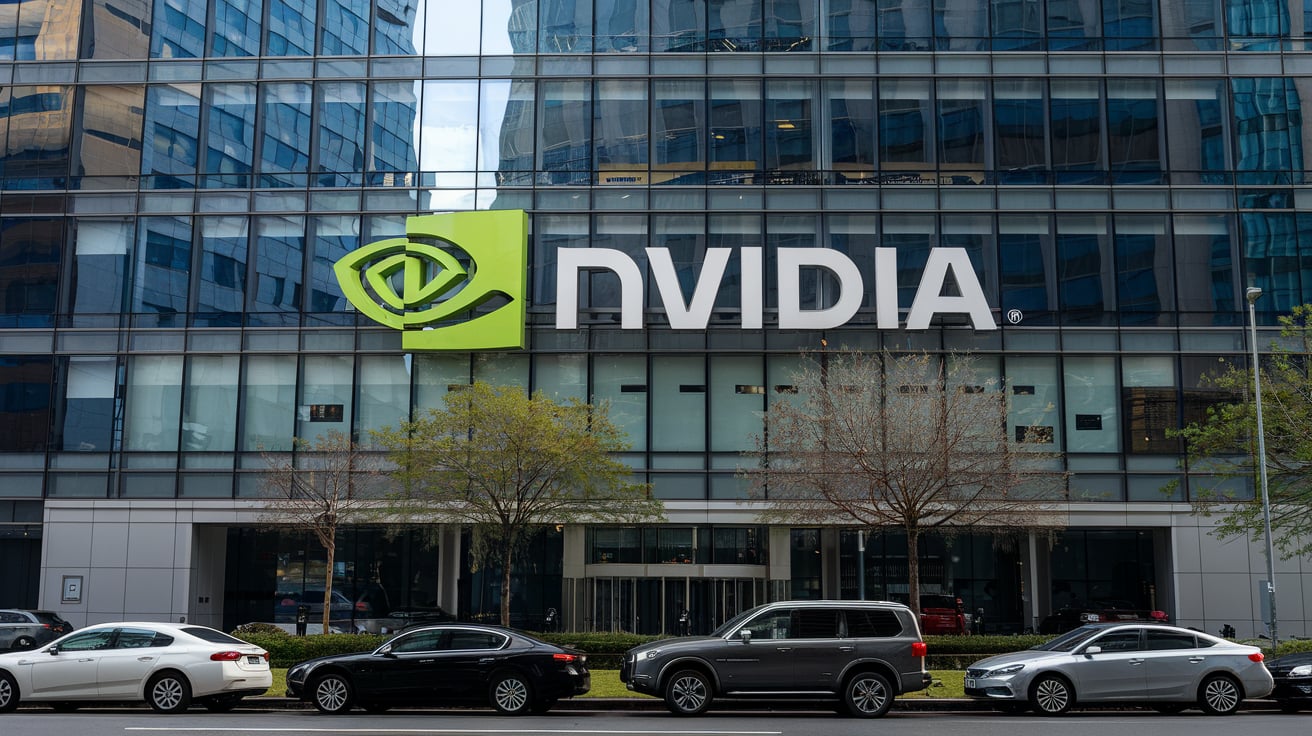
The Search for Extraterrestrial Intelligence (SETI) Institute is making groundbreaking advancements by employing AI in the world’s first real-time search for fast radio bursts (FRBs)—high-energy signals from space that could hint at the existence of life beyond Earth. Nvidia unveiled this collaboration during its AI Summit, showcasing how SETI radio astronomers are leveraging Nvidia Holoscan, a sensor-processing platform, and Nvidia IGX, an edge-computing solution, to deepen their investigation into these rare astronomical events.
Operating the Allen Telescope Array in Northern California, the SETI Institute focuses on uncovering evidence of extraterrestrial intelligence and studying transient astronomical phenomena like FRBs. Traditionally, the analysis of radio signals from space has been a slow, offline process, where researchers would collect data and process it later using custom-built software. However, with Nvidia's advanced platforms, SETI researchers are now equipped to create a real-time detection system for FRBs and other faint signals, dramatically accelerating data analysis capabilities from the Allen Telescope Array.
The project traces its origins back over a decade when Andrew Siemion, the chair for SETI at the SETI Institute, recognized the potential of early machine learning techniques for analyzing radio signals. At that time, the Institute was already employing Nvidia GPUs to enhance algorithms that distinguish signals from background noise. Siemion approached Adam Thompson, Nvidia's senior technical product manager for edge HPC, to develop a system capable of real-time detection.
“We wanted to create something that would really push our capabilities forward,” Siemion noted. “We envisioned a streaming solution that takes real-time data from telescopes and feeds it directly into the GPUs for AI inference.”
This initiative led to a collaboration between the SETI Institute and Breakthrough Listen, another SETI program based at the University of Oxford, which also utilizes GPUs for processing radio telescope data. Together, they developed a real-time data reception and inference pipeline using the Holoscan SDK, while a Breakthrough Listen researcher created and trained an AI model specifically for detecting fast radio bursts.
In a recent trial, 28 antennas were directed at the Crab Nebula, collecting over 90 billion data packets in just 15 hours and processing them at a rate of nearly 100 Gbps—twice the SETI Institute’s previous capacity. According to Siemion, the AI system is designed to capture and analyze all incoming data without discarding any for efficiency, marking a significant improvement over earlier methodologies.
“We’re on the cusp of a fundamentally different way of analyzing streaming astronomical data, and the discoveries we can achieve with this technology will be remarkable,” Siemion emphasized.
This breakthrough extends beyond astronomy. The SETI Institute’s innovative real-time data analysis pipeline, powered by Nvidia, holds potential applications across various industries that require accelerated computing and AI capabilities.